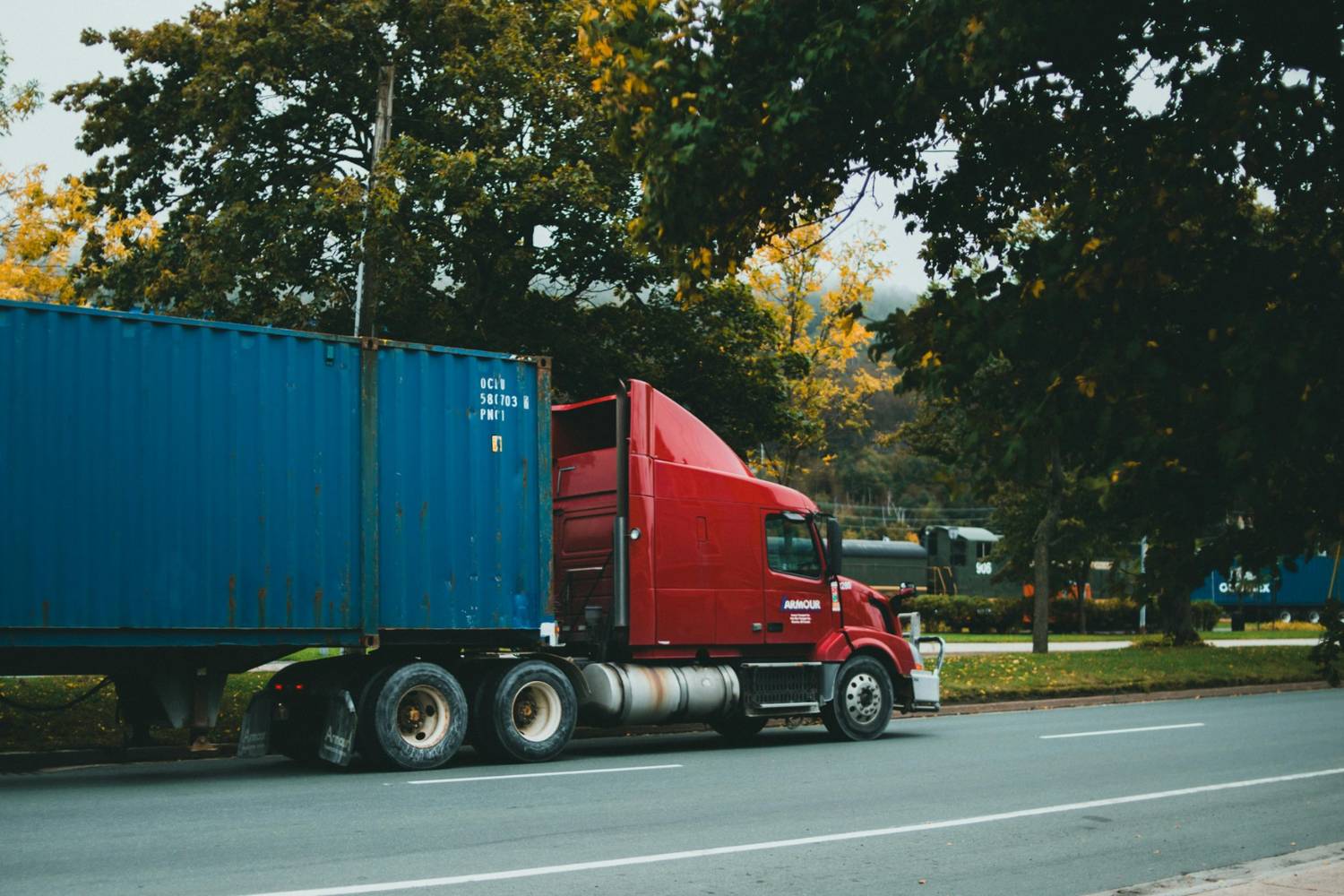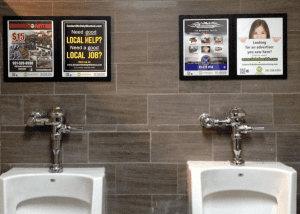For marketers evaluating high-visibility tactics, mobile truck advertising often enters the conversation as a flashy, moving spectacle. On the surface, it promises broad reach, mobility, and a strong physical presence. But here’s what many campaigns miss: community trust isn’t built by driving through a neighborhood—it’s built by showing up meaningfully within it.
If your brand’s goal is to earn attention and respect from your target audience, especially on a local level, in-hand advertising—such as pharmacy bag ads, coffee cup sleeves, or delivery bag inserts—offers a more authentic, community-rooted alternative to mobile truck ads.
In this blog, we’ll explore why mobile truck advertising often fails to build local trust, how in-hand media steps in as a better option, and why smart marketers are shifting budgets to tactics that meet consumers where they live—not just where they drive.
Mobile Truck Advertising: A Loud Message, but No Conversation
At first glance, mobile truck ads seem like a smart way to break through the noise. They’re big, bold, and impossible to miss—right?
But here’s the issue: mobile truck advertising is a one-way communication channel. It shouts, but it doesn’t engage.
Key Limitations of Mobile Truck Advertising:
Transient Exposure: A truck ad zooms by in seconds—if someone blinks, they’ve missed it.
Zero Community Involvement: It doesn’t encourage local engagement, conversation, or trust.
Environmental & Regulatory Pushback: Many cities (including LA and NYC) are placing legal and social pressure on truck advertising due to noise, emissions, and street clutter.
Perceived Intrusion: Communities may see these mobile truck ads as disruptive, not helpful.
If your brand is serious about building long-term equity in specific zip codes, mobile truck ads aren’t likely to earn that goodwill.
In-Hand Advertising: A Tactile, Trust-Building Alternative
Now contrast that with in-hand advertising: campaigns that appear on items people actually touch—during routines they trust.
We’re talking:
Prescription pharmacy bags
Takeout containers
Coffee sleeves
Grocery delivery inserts
Hotel key cards
These are ad formats that don’t just enter people’s day—they’re invited into it.
Why In-Hand Media Builds Community Trust:
✅ Distributed by Local Businesses
When your ad is handed out by a neighborhood pharmacy or barista, it comes with an implicit endorsement. That trust carries over to your brand.
✅ Unintrusive Placement
Unlike mobile truck ads that dominate attention, in-hand ads feel like a natural part of the experience. They’re more likely to be received with curiosity—not annoyance.
✅ Localized Relevance
You can tailor your message to reflect community events, services, or values. A truck ad can’t do that.
✅ Repeated Exposure at Home
A pharmacy bag often ends up on the kitchen table. A truck ad ends up forgotten within seconds.
Mobile Truck Advertising Falls Short on Local Engagement
Let’s talk data.
In recent studies, in-hand campaigns—like coffee sleeve or pharmacy bag ads—delivered:
3X higher recall rates than truck ads
2X higher response rates on local promotions
68% lift in brand favorability when linked to a community cause or partner
In contrast, mobile truck advertising continues to struggle with:
Lack of targeting
No measurable response beyond impressions
Community resistance due to pollution, noise, and road safety concerns
Real Example: Building Local Trust Through Pharmacy Bag Ads
A regional health brand launched a wellness campaign using in-hand advertising via pharmacy bag distribution across 25 local pharmacies.
Bags included QR codes to schedule free health screenings.
Copy referenced local clinics and community events.
Pharmacies handed them out personally during medication pickup.
Result?
Over 8,000 QR scans in two months
1,200 clinic sign-ups
A 33% lift in unaided brand recall
Positive mentions on social media for “supporting the neighborhood”
Try getting that kind of engagement from a mobile truck ad.
The ROI of Community-Based In-Hand Advertising
Beyond trust, let’s talk efficiency. Truck ads are expensive and inflexible. A mobile truck ad in a mid-tier city can run $15,000–$25,000 per month—with vague attribution and little brand lift.
Now compare that with an in-hand campaign:
$4,000–$8,000 for 30,000 pharmacy bag ads
Delivered by trusted professionals
With QR tracking, coupon codes, or appointment CTAs
Customizable per neighborhood
You’re not just saving money—you’re building relationships. In-hand media wins both financially and emotionally.
How to Ditch Mobile Truck Advertising and Go Local
If you’re ready to leave truck ads behind and focus on in-hand, community-first media, here’s a checklist to get started:
Identify Local Distribution Partners
Pharmacies, cafés, gyms, urgent care centers—places with daily foot traffic and local trust.
Design Messaging That Resonates Locally
Mention neighborhood names, local events, or causes. Make it feel tailored—not templated.
Use Measurable Calls-to-Action
QR codes, SMS opt-ins, or offer redemptions to track response.
Repeat and Rotate Creatives
Refresh every 6–8 weeks with new messages that reflect seasonal or community themes.
Leverage Social Amplification
Encourage recipients to post or share the message. Incentivize local engagement.
Final Thoughts: Mobile Truck Advertising Is Out—Trust-Based Media Is In
Mobile truck advertising may offer exposure, but it lacks substance. It disrupts neighborhoods, can’t target meaningfully, and rarely builds brand affinity.
In contrast, in-hand advertising:
Gets distributed by trusted local businesses
Engages customers during routine activities
Delivers personalized, community-driven messaging
Fosters trust—one bag, sleeve, or insert at a time
If you’re serious about growing your brand in real communities—not just passing through them—it’s time to steer clear of truck ads and go straight to the hand.






